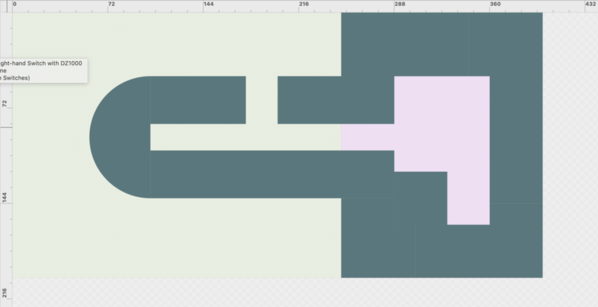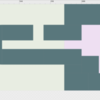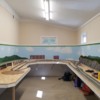So I am building an addition larger than my original layout. The space is roughly 28ft x 16ft. I have only ever used FasTrack, with my outer mainline O48. As I am building a permanent layout and would like to keep my options open, I would like to have a min O72 main. Since I will likely be buying new curves, I am wondering if I should make the jump to Ross/Gargraves?
If running min O72 locos, what should I look out for if I make this jump? I am unfamiliar with using curve numbers (#4,#6,#8, etc.) Would the 11 degree turnouts work with O72 requirements?
Should I make this jump? Or should I stick with what I know in the unreliable switches Lionel seems to be producing?
Should I use Gargraves straights/curves and Ross for switches or have people used Ross track and been satisfied?
So many questions!
Here is my space with an idea for the benchwork:

















